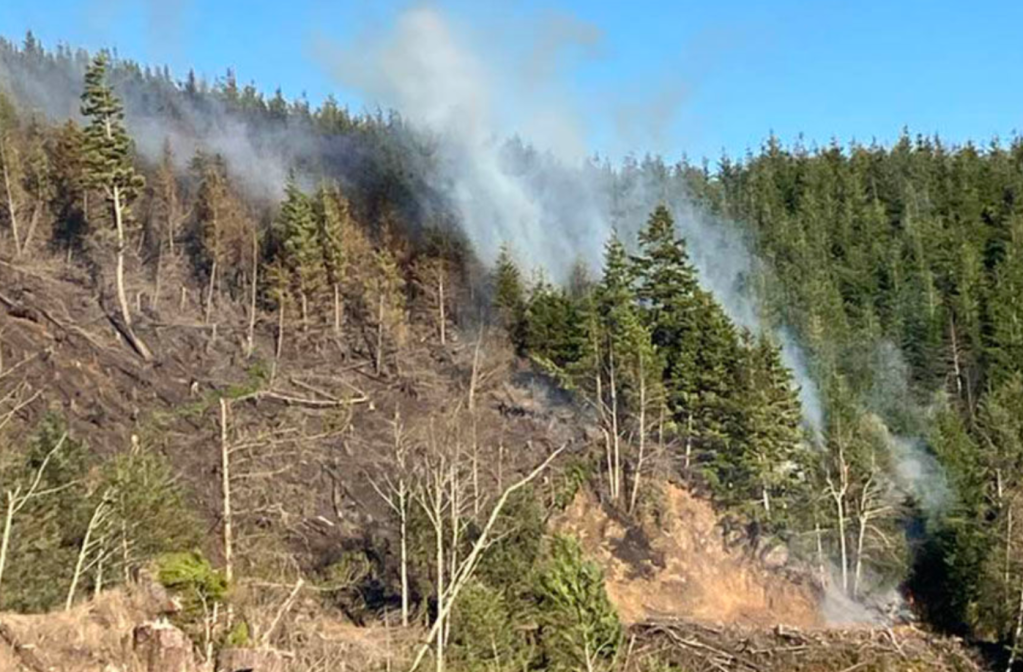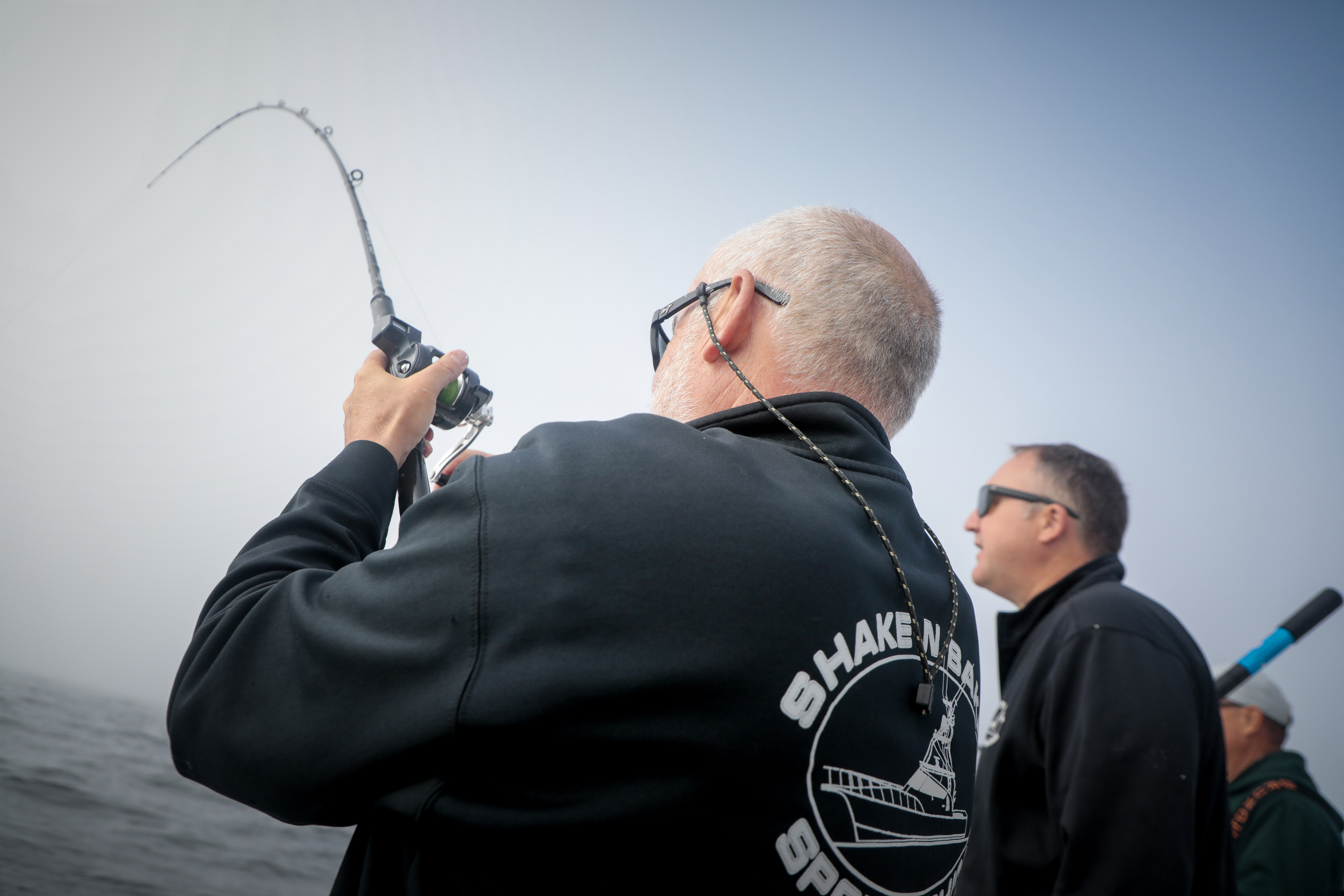Wildfire protection plan hammers on managing fuels
Published 1:17 pm Tuesday, March 18, 2025

- In November 2022 fire in recently logged timberland just north of Chinook was kept alive by unusually strong east winds and dry conditions.
The draft of the Pacific County Community Wildfire Protection Plan (CWPP) was presented by the Pacific County Emergency Management Agency during forums held in Raymond on March 10 and Long Beach on March 11.
Trending
Wildfires are an increasing threat to Pacific County, which has seen two notable blazes in recent years, one of which erupted in logging slash in Chinook on Nov. 15, 2022. High winds quickly spread the fire, which caused multiple spot fires. The fire eventually merged into the Chinook Complex Fire and burned 139 acres.
Last fall, another major fire erupted near the boundaries of Pacific and Wahkiakum counties inside Lewis County. The Huckleberry Fire erupted on Sept. 4, 2024, and burned for almost two weeks before being tamed. The fire reached a peak size of 300 acres.
The complex CWPP study was completed by Bintel Inc. along with Fire Adaptive Solutions, FirePoint Forestry, and Athena Intelligence. The contract was awarded on July 9, 2024, for $72,482, all covered by grant funding.
Trending
‘Moderate danger’
“This document presents the results of a study to identify and quantify wildland fire hazards in the Wildland Urban Interact (WUI) and Wildland Intermix Communities of the study area,” the report states.
The lengthy report determined the majority of Pacific County is in moderate danger when it comes to wildfire ignitability and risk. Nearly all of the Long Beach Peninsula sits within “moderate risk.”
The portions of the county that are “high risk” are listed as Baleville, Smith Creek/Butte Creek/Brooklynn, South Fork, Loomis, Menlo-Lebam, Raymond, East Raymond, Naselle, Oysterville and South Bend.
Vegetation control
According to the CWPP, the best chances for Pacific County to avoid a significant wildfire are through an array immediate and long-term actions, which primarily involve vegetation management through a multitude of available options.
Mitigation methods outlined include firebreaks, ignitable vegetation thinning, mechanical removal of materials, prescribed fires, and powerline corridor fuel management.
One of the more interesting options is using livestock such as cows, goats or llamas for vegetation management, which is often the least expensive option. Goats could cost as little as $500 to $1,200 per acre and can remove dense brush, work steep terrain, and control invasive species.
Private property
Mitigation efforts don’t just fall at the feet of local officials. A responsibility in the CWPP is also placed on homeowners to mitigate risks on their properties.
Among the recommendations are having at least 50 feet of garden hose available to extinguish fires, cleaning roofs of debris, and maintaining at least a 30-foot perimeter around structures free of combustible material.
The report will take community comments through March 25, 2025, before it is finalized.
“Risk compared to other areas is low,” PCEMA Director Scott McDougall said. “Even with the lower risk, we will have areas of the county that, with the right conditions, could lead to a pretty serious WIU fire.









